Home>Articles>Which Of The Following Basic Hand Tools Should Every Technician Posses
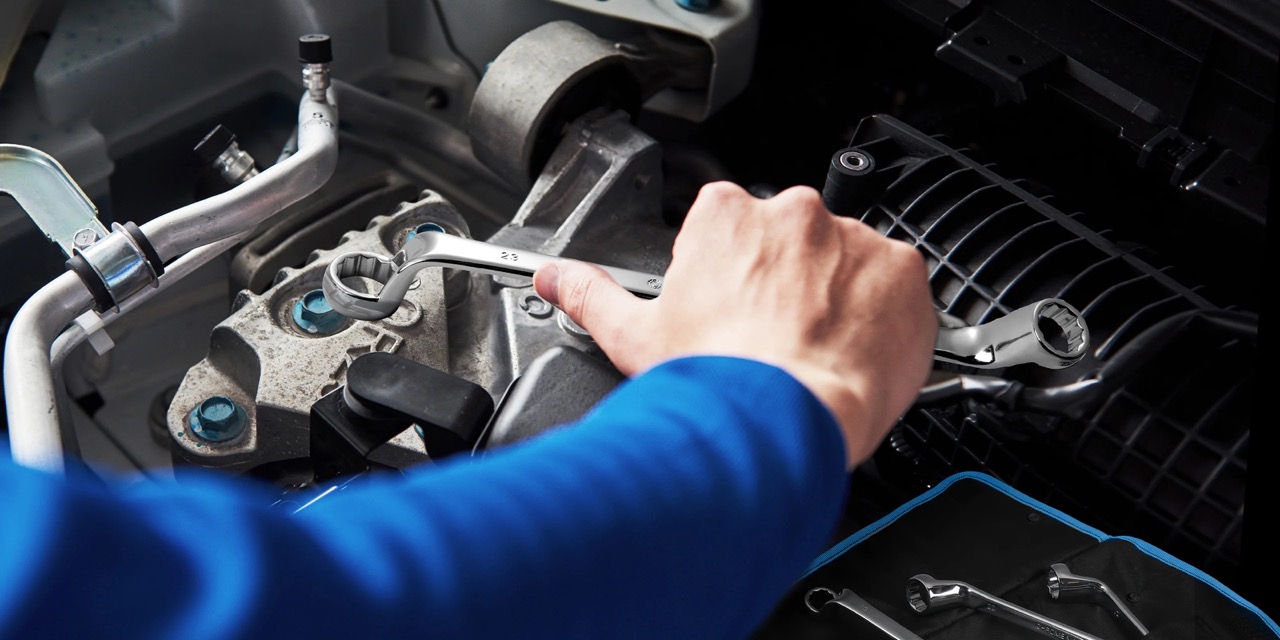

Articles
Which Of The Following Basic Hand Tools Should Every Technician Posses
Modified: March 2, 2024
Discover essential hand tools every technician should possess in this informative article. Learn about the top tools and their uses.
(Many of the links in this article redirect to a specific reviewed product. Your purchase of these products through affiliate links helps to generate commission for Storables.com, at no extra cost. Learn more)
Introduction
When it comes to being a technician or handy person, having a set of basic hand tools is essential. These tools not only help in completing tasks efficiently but also contribute to the overall safety and success of any project. Whether you’re a professional technician or a DIY enthusiast, having the right tools can make all the difference.
From screwdrivers to pliers, wrenches to hammers, there is a wide range of basic hand tools that every technician should possess. In this article, we will explore and discuss these essential tools in detail. So, let’s dive in and find out which tools are a must-have for every technician.
Key Takeaways:
- Every technician should possess a comprehensive set of basic hand tools, from screwdrivers to safety equipment, to ensure efficiency, precision, and safety in various projects.
- Prioritizing safety and utilizing the appropriate safety equipment is crucial for creating a secure work environment, reducing the risk of accidents, and enhancing overall productivity as a technician.
Read more: What Is One Of The Basic Hand Tools That An Interior Search And Rescue Team Should Carry?
Screwdrivers
Screwdrivers are one of the most fundamental hand tools that every technician should have in their toolbox. These versatile tools are used for tightening or loosening screws, making them indispensable for various repair and assembly tasks.
There are different types and sizes of screwdrivers available, each designed for specific purposes. The most common types include flathead screwdrivers, Phillips screwdrivers, and Torx screwdrivers.
A flathead screwdriver features a single flat blade that fits into a corresponding slot on a screw. It is commonly used for screws with a straight, slotted head. On the other hand, Phillips screwdrivers have a cross-shaped tip, making them suitable for screws with a cross-shaped indentation. These are widely used in electronics and furniture assembly.
Torx screwdrivers are used for screws with a star-shaped pattern on the head. These screws are commonly found in automotive and mechanical applications. Having a set of screwdrivers with different sizes and types ensures that you can handle various screw types and sizes efficiently.
When using screwdrivers, it is essential to choose the right size and fit the tool properly into the screw head to avoid slippage and potential damage to the screw or surrounding materials. Additionally, having a screwdriver with a comfortable handle grip and a magnetic tip can greatly improve your experience, providing better control and less fatigue during use.
Screwdrivers are extensively used in tasks such as assembling furniture, fixing appliances, installing electrical outlets, and many other common repairs. Without a doubt, they are an essential tool for every technician to possess.
Pliers
Pliers are another essential hand tool that every technician should have in their toolbox. These versatile tools are designed to grip, twist, cut, and shape various materials, making them invaluable for a wide range of tasks.
There are several types of pliers available, each serving its specific purpose. The most commonly used types include:
- Needle-Nose Pliers: Needle-nose pliers have long, thin jaws with pointed tips, enabling precise manipulation of small objects and reaching into tight spaces. They are ideal for tasks such as gripping and bending wires, holding small parts, and reaching into confined areas.
- Slip-Joint Pliers: Slip-joint pliers feature an adjustable pivot point that allows the jaws to be positioned in multiple ways. They are versatile and can be used for gripping and holding objects of different sizes, as well as for turning nuts and bolts.
- Side-Cutting Pliers: Side-cutting pliers, also known as diagonal pliers or wire cutters, have cutting jaws that are angled for easy access to wires or cables. They are specifically designed for cutting and stripping wires, making them indispensable for electrical work.
- Tongue-and-Groove Pliers: Tongue-and-groove pliers, also referred to as channel lock pliers, have adjustable jaws that can be widened to accommodate larger objects. They are commonly used for gripping and turning pipes, nuts, and bolts.
Pliers are indispensable for a wide range of tasks, including electrical work, plumbing, automotive repairs, and general household tasks. They provide a firm grip and leverage, making it easier to manipulate and bend objects. Additionally, pliers with ergonomic handles and non-slip grips enhance comfort and control during use.
When using pliers, it’s important to choose the right type and size for the task at hand. Using the wrong type of pliers can lead to damage or injuries. It’s also crucial to ensure that the pliers are in good condition, with sharp cutting edges and properly aligned jaws.
Having a set of high-quality pliers in your toolbox will significantly improve your efficiency and versatility as a technician. They are a must-have for any repair or maintenance project.
Wrenches
Wrenches are essential hand tools that every technician should possess. These tools are designed to tighten or loosen bolts, nuts, and other fasteners. With their adjustable jaws or fixed sizes, wrenches provide the necessary leverage to tackle various mechanical and plumbing tasks.
There are several types of wrenches available, each suited for different purposes:
- Adjustable Crescent Wrench: An adjustable crescent wrench, also known as an adjustable spanner, features a sliding jaw that can be adjusted to fit different sizes of nuts and bolts. This versatile tool eliminates the need for multiple fixed-size wrenches and is commonly used in plumbing and automotive work.
- Socket Wrench Set: A socket wrench set consists of a handle and detachable socket heads. These interchangeable sockets allow for easy tightening and loosening of fasteners of different sizes. Socket wrench sets are highly versatile and commonly used in automotive repair and general maintenance tasks.
- Open-End Wrench: Open-end wrenches have a U-shaped opening at one or both ends, allowing them to fit over bolts or nuts with two flat sides. They are commonly used in plumbing, automotive, and machinery work. Open-end wrenches are available in various sizes and may come individually or in sets.
- Combination Wrench: Combination wrenches have an open-end on one side and a box-end wrench on the other. The box-end is a closed loop with a fixed size, while the open-end is U-shaped. Combination wrenches provide the flexibility of the open-end and the added grip of the box-end. They are suitable for a wide range of tasks and are a staple in many toolboxes.
When using wrenches, it’s important to choose the right size for the fastener to prevent slipping or damaging the bolt or nut. Applying even pressure and positioning the wrench correctly on the fastener is crucial for a successful outcome.
Having a set of high-quality wrenches in your toolbox allows you to tackle various mechanical and plumbing projects with ease. These tools are essential for assembling furniture, fixing appliances, working on vehicles, and many other tasks that involve fasteners.
Investing in wrenches that are comfortable to handle, made from durable materials, and provide a firm grip will ensure long-lasting performance and reliability. With the right wrenches in your arsenal, you can confidently take on any project that comes your way as a technician.
Hammers
Hammers are among the most iconic and essential hand tools that every technician should have in their toolbox. These versatile tools are used for driving nails, shaping metal, and general construction tasks.
There are different types and sizes of hammers available, each designed for specific purposes:
- Claw Hammer: The claw hammer is the most common type of hammer and features a flat striking surface on one side and a curved claw on the other. This design allows for both hammering and pulling out nails, making it a versatile tool for a wide range of tasks. The claw can also be used for prying or splitting wood.
- Ball Pein Hammer: The ball pein hammer has a rounded pein (head) on one side, which is used for shaping and rounding metal. It is commonly used in metalworking tasks, such as striking punches and chisels.
- Dead Blow Hammer: A dead blow hammer has a hollow head filled with loose material, such as sand or steel shot. This design minimizes rebound and delivers a consistent force, making it ideal for delicate surfaces and preventing damage.
- Sledge Hammer: Sledge hammers are heavy-duty hammers with large, flat heads designed for powerful striking force. They are commonly used in demolition, construction, and heavy-duty tasks that require significant impact force.
- Rubber Mallet: Rubber mallets have a rubberized head that is softer and less likely to damage surfaces. They are commonly used in woodworking, flooring installation, and other tasks where a gentler touch is required.
When using a hammer, it’s important to choose the right type and size for the task at hand. Using the wrong hammer can lead to inefficient results or damage to the material or surface. Additionally, proper technique and striking force should be employed to ensure safety and effectiveness.
Having a variety of hammers in your toolbox allows you to handle a wide range of projects with ease and precision. From driving nails to shaping metal, hammers are essential tools for any technician’s arsenal.
Investing in high-quality hammers with comfortable handles and durable construction ensures longevity and reliable performance. With the right hammers at your disposal, you can tackle any project with confidence and efficiency.
Tape Measure
A tape measure is an essential hand tool for every technician. It is used to accurately measure distances, lengths, and dimensions. Whether you’re working on a construction project, taking measurements for furniture assembly, or planning a home renovation, a tape measure is a must-have tool.
Tape measures are typically made of a flexible material, such as steel or fiberglass, and are housed in a compact case. They come in various lengths, with the most common being 25 feet (7.5 meters). The tape itself is marked with units of measurement, usually inches and feet on one side and centimeters and meters on the other.
Using a tape measure is fairly straightforward. Simply extend the tape from the case and place the end hook against the edge of the object or surface you want to measure. Pull the tape tight and read the measurement where it meets the object or surface.
Tape measures often have additional features that enhance their functionality and convenience. Some tape measures have a lock mechanism that holds the tape in place once extended, allowing for easy and accurate measurements. Others may have a magnetic end hook, which can attach to metal surfaces for hands-free measuring.
When selecting a tape measure, consider its durability and accuracy. Look for a tape measure with a sturdy case that can withstand daily use and a clear, easy-to-read scale. A tape measure with both imperial and metric units is useful for handling projects with different measurement systems.
A tape measure is invaluable for a wide range of tasks, including measuring dimensions for furniture placement, taking room measurements for flooring or wallpaper installation, and ensuring precise measurements for construction or renovation projects. Having a reliable tape measure ensures that your measurements are accurate and helps to avoid costly mistakes.
Overall, a tape measure is an essential tool for every technician. It allows for precise and efficient measurements, improving the accuracy and success of your projects.
Level
A level is a crucial hand tool that every technician should have in their toolbox. It is used to determine whether a surface or object is perfectly horizontal (level) or vertical (plumb). Whether you’re hanging frames, installing cabinets, or building structures, a level ensures accuracy and precision.
A level typically consists of a long, straight body with a liquid-filled tube and a bubble. The tube is partially filled with a liquid, usually colored spirit or oil, and the bubble inside indicates the levelness of the surface. When the bubble is centered between the lines on the tube, the surface or object is level or plumb.
There are different types of levels available for various applications:
- Spirit (or Standard) Level: A spirit level is the most common type and is used for general leveling purposes. It typically has one or more tubes filled with liquid and is suitable for both horizontal and vertical leveling.
- Torpedo Level: A torpedo level is a compact level with a smaller size and usually one tube. It is perfect for tight spaces and is convenient for small leveling tasks.
- Laser Level: A laser level uses laser technology to project a straight, level line onto a surface. It provides a more accurate and precise leveling reference, especially over longer distances. Laser levels are commonly used in construction, carpentry, and tile installation.
Using a level is fairly simple. Place the level on the surface or object you want to level. Adjust the surface or object until the bubble in the tube is centered between the lines. This ensures that the surface or object is perfectly horizontal or vertical.
Having a level in your toolbox allows you to ensure that everything you hang or install is straight and level. It helps avoid crooked picture frames, uneven shelves, and unbalanced structures. A level is essential for achieving professional-looking results in any project.
When purchasing a level, consider its accuracy, durability, and ease of use. Look for a level with clear and easy-to-read markings, sturdy construction, and a comfortable grip. Additionally, consider the length of the level, as longer levels are suitable for larger projects that require a longer leveling span.
Overall, a level is an indispensable tool for every technician. It provides the confidence and accuracy needed to achieve straight, level, and plumb surfaces in various tasks and projects.
Adjustable Crescent Wrench
An adjustable Crescent wrench, also known as an adjustable spanner, is a versatile hand tool that every technician should have in their toolbox. This adjustable wrench is designed to tighten or loosen nuts, bolts, and various fasteners of different sizes.
The key feature of the adjustable Crescent wrench is the jaw, which can be adjusted to fit different sizes of fasteners. This eliminates the need for multiple fixed-size wrenches, making it a convenient tool for a wide range of applications.
To use an adjustable Crescent wrench, simply slide the movable jaw to the desired position to fit the fastener you are working on. Then, apply pressure by turning the wrench handle to either tighten or loosen the fastener. The wrench’s built-in mechanism ensures a secure grip on the fastener, preventing slippage and damage.
The adjustable Crescent wrench comes in various sizes, commonly ranging from 6 inches to 12 inches in length. It is crucial to select the appropriate size based on the fasteners you typically encounter in your work. Having a few different sizes in your toolbox will ensure you can handle a variety of tasks efficiently.
This wrench is widely used in plumbing, automotive repairs, and general maintenance tasks. It is suitable for various applications, such as assembling furniture, working on bicycles, fixing plumbing fixtures, and more. The adjustable Crescent wrench provides a versatile and reliable solution when dealing with different-sized fasteners.
When selecting an adjustable Crescent wrench, opt for a high-quality tool with a sturdy construction and smooth adjusting mechanism. Look for a wrench with clear markings for size identification and a comfortable grip for better control and reduced hand fatigue.
By having an adjustable Crescent wrench in your toolbox, you can confidently tackle different repair and maintenance tasks. Its versatility and ease of use make it an indispensable tool for any technician or DIY enthusiast.
Utility Knife
A utility knife is an indispensable hand tool that every technician should have in their toolbox. This versatile cutting tool is designed for precision cutting and is suitable for a wide range of materials, making it an essential tool for various tasks.
Utility knives typically have a retractable blade, allowing for safe storage and quick deployment. The blade is sharp and replaceable, making it easy to maintain the cutting efficiency of the knife.
There are several uses of a utility knife in the technician’s toolkit:
- Cutting Materials: A utility knife is perfect for cutting various materials, such as cardboard, paper, plastic, and lightweight fabrics. Its sharp blade enables clean and precise cuts, making it ideal for crafting, packaging, and general cutting tasks.
- Opening Packages: When dealing with packaged goods, a utility knife is invaluable for cutting through tough packaging materials like plastic wraps, blister packs, and cardboard boxes. Its sharp blade makes opening packages quick and efficient.
- Stripping Wire Insulation: For electrical work, a utility knife can be used for carefully stripping the insulation off wires. It allows for controlled and accurate cuts without damaging the wire beneath.
- Precision Trimming: A utility knife’s thin and sharp blade is perfect for precise trimming, especially in situations where larger cutting tools may be too cumbersome or inappropriate. It allows for detailed work in tight spaces.
When using a utility knife, safety should always be a priority. Ensure that the blade is fully retracted when not in use and always handle the knife with care. When changing or replacing a blade, follow the manufacturer’s instructions to prevent accidents.
When selecting a utility knife, consider the handle design, blade quality, and ease of blade replacement. Look for a knife with a comfortable grip for extended use and a reliable locking mechanism to hold the blade securely in place.
With a utility knife in your toolbox, you’ll be equipped to handle a variety of cutting tasks efficiently and accurately. Its versatility and precision make it an essential tool for technicians in a wide range of industries.
Every technician should possess a set of basic hand tools including screwdrivers, pliers, wrenches, and a hammer. These tools are essential for performing a wide range of maintenance and repair tasks.
Flashlight
A flashlight is an essential hand tool that every technician should have in their toolbox. This portable, battery-powered light source illuminates dark spaces, making it invaluable for inspections, repairs, and emergencies.
Flashlights come in various shapes and sizes, offering different features to suit different needs. Some key factors to consider when choosing a flashlight are brightness, battery life, durability, and ease of use.
There are several reasons why a flashlight is a must-have tool for technicians:
- Illuminating Dark Areas: Whether you’re inspecting a crawl space, working in a dimly lit area, or investigating a malfunctioning machine, a flashlight provides the necessary illumination to see clearly and perform tasks accurately.
- Emergency Situations: In the event of a power outage or emergency situation, a flashlight becomes a vital tool. It provides light in the darkness, allowing you to navigate safely and solve any issues that may arise.
- Identifying Problems: A flashlight helps technicians identify and diagnose problems by shining light on hard-to-reach places or within intricate machinery. It allows for better visibility of components and enhances the ability to spot issues quickly.
- Working in Confined Spaces: Whether it’s crawling under a vehicle, examining electrical panels, or accessing tight spaces, a flashlight provides the necessary illumination to work in cramped or dark areas.
When selecting a flashlight, consider the brightness level and beam distance to ensure it suits your specific needs. Opt for a durable flashlight with a sturdy construction that can withstand rough handling and potentially harsh working conditions.
Choosing a flashlight with a long battery life is crucial to avoid frequent battery replacement. Consider the type of batteries the flashlight requires, such as AA or AAA, and whether it has rechargeable capabilities for convenience.
Additional features to look for in a flashlight include adjustable beam focus, multiple lighting modes (such as high, low, and strobe), and a durable, non-slip grip for comfortable handling.
Having a reliable flashlight in your toolbox ensures that you are always prepared for any situation, whether it’s a power outage, an emergency, or simply needing a more focused light source during your work as a technician.
Investing in a high-quality flashlight guarantees dependable performance and enhances your overall safety and efficiency in a wide range of tasks. Don’t leave home or start a project without a dependable flashlight by your side!
Allen Wrenches
Allen wrenches, also known as hex keys or hex wrenches, are essential hand tools that every technician should have in their toolbox. These L-shaped tools are designed to tighten or loosen hexagonal socket screws or bolts.
Allen wrenches come in various sizes, typically denoted by the size of the hexagonal openings they fit into. Common sizes include 1/16 inch, 5/64 inch, 3/32 inch, and so on, up to larger sizes like 5/16 inch or 3/8 inch.
The compact size and shape of Allen wrenches make them particularly useful for tight or hard-to-reach areas. They are commonly used in tasks such as furniture assembly, bicycle repair, automotive work, and installing or adjusting machinery parts.
One of the advantages of Allen wrenches is their simplicity – they consist of a hexagonal shaft that can be inserted into the corresponding hexagonal socket of a screw or bolt. The L-shape of the wrench provides leverage for easier tightening or loosening of the fastener.
When using Allen wrenches, it’s important to select the correct size to ensure a snug fit into the fastener, minimizing the risk of slipping or stripping. Apply steady pressure to avoid rounding out the socket or damaging the fastener.
Having a set of Allen wrenches in your toolbox, covering a range of sizes, ensures that you are equipped to handle a wide variety of projects. Whether it’s assembling furniture, adjusting bicycle components, or repairing machinery, Allen wrenches provide the necessary torque to get the job done.
Consider investing in a set of high-quality Allen wrenches with a durable construction and clear size markings for ease of use. Some sets may also come with a convenient storage case to keep the wrenches organized and easily accessible.
With Allen wrenches at your disposal, you’ll be able to tackle various tasks efficiently and with precision. These compact and versatile tools are a must-have for any technician, allowing for the proper installation, adjustment, and maintenance of hexagonal socket screws and bolts.
Wire Cutters/Strippers
Wire cutters, also known as wire snips or wire clippers, are essential hand tools for every technician. These tools are designed to cut and strip electrical wires, making them indispensable for electrical work, electronics repair, and various wiring projects.
Wire cutters come in different shapes and sizes, each suited for specific tasks. Some wire cutters have an additional stripping feature, allowing for the removal of insulation from wires without damaging the underlying conductor.
There are several types of wire cutters/strippers that technicians commonly use:
- Diagonal Cutters: Diagonal cutters, also known as diagonal pliers or side cutters, are used to cleanly cut through wire. They have angled cutting jaws that allow for precise cutting close to a surface or terminal.
- Needle-Nose Pliers with Wire Cutter: Needle-nose pliers with integrated wire cutters are versatile tools that provide the gripping capabilities of needle-nose pliers along with the cutting function for wire. These are handy for both cutting and manipulating wires in tight spaces.
- Automatic Wire Strippers: Automatic wire strippers simplify the process of removing insulation from wires. These tools feature adjustable blades that can be set to the desired depth for stripping. They allow for quick and easy stripping without the need for manual adjustments.
- Manual Wire Strippers: Manual wire strippers have notches or holes of varying sizes that correspond to different wire gauges. They are used by placing the wire in the appropriate notch or hole and applying pressure to remove the insulation.
When using wire cutters or strippers, it’s important to choose the right tool for the gauge of wire you are working with. Using the wrong tool or improper technique can damage the wire or affect its electrical integrity.
Investing in high-quality wire cutters/strippers ensures clean cuts, reduces the risk of wire fraying, and extends the longevity of the tool. Look for tools with comfortable handles and durable cutting edges that are suitable for the types and sizes of wire you commonly work with.
Having wire cutters/strippers in your toolbox allows you to handle various electrical and wiring tasks with efficiency and precision. They are essential tools for cutting, stripping, and manipulating wires during installations, repairs, and maintenance work.
Always exercise caution when working with wire cutters or strippers, and follow safety guidelines to prevent injuries and ensure the integrity of electrical systems. With the right tools and techniques, you can confidently work with wires and achieve professional results as a technician.
Needle Nose Pliers
Needle nose pliers are versatile hand tools that every technician should have in their toolbox. These pliers have long, narrow jaws with pointed tips, resembling the shape of a needle. They are designed for precise gripping, bending, and cutting tasks, making them indispensable in various industries and projects.
Needle nose pliers offer several benefits and applications:
- Precision Work: The long, slender jaws of needle nose pliers allow for precise manipulation of small objects and reaching into tight spaces. They are ideal for tasks that require delicate handling or working in confined areas.
- Wire Bending and Manipulation: Needle nose pliers are commonly used for gripping, bending, and shaping wires. Their pointed tips make it easier to navigate intricate wiring systems or create custom wire connections.
- Jewelry Making and Crafting: Due to their precision and versatility, needle nose pliers are popular among jewelry makers and craft enthusiasts. They are used for bending, shaping, and securing small components, such as beads, wires, and findings.
- Electronics and Circuitry: Needle nose pliers are invaluable when working with small electronic components and circuitry. They allow for precise handling of delicate parts and fine-tuning of connections.
- Electrical Work: Needle nose pliers can also be used in electrical work for tasks like gripping and bending small electrical components, cutting wires, and reaching into tight spaces to make connections.
When using needle nose pliers, it’s important to choose the right size and ensure a proper grip on the object you’re handling. The pointed tips enable a secure hold, preventing slippage and reducing the risk of damage to the material or surrounding components.
Investing in high-quality needle nose pliers with comfortable handles and durable construction ensures long-lasting performance and reliability. Look for pliers with a smooth, tight pivot and non-slip grips to enhance control and reduce hand fatigue.
Having needle nose pliers in your toolbox expands your capabilities and allows for precision work in a variety of applications. They are essential tools for technicians, electricians, crafters, and anyone who regularly works with small objects or tight spaces.
Always practice safety when using needle nose pliers and be mindful of their sharp tips. Proper handling and technique will ensure efficient and accurate results. With the right set of needle nose pliers, you can confidently tackle any project that requires precision and finesse.
Socket Wrench Set
A socket wrench set is an essential hand tool for every technician. This versatile tool set consists of a handle, known as a ratchet, and various interchangeable socket heads of different sizes. The socket heads fit over bolts and nuts, allowing for efficient tightening or loosening.
Socket wrench sets offer several advantages and applications:
- Versatility: A socket wrench set provides versatility by offering multiple socket sizes that can accommodate different bolt and nut sizes. This eliminates the need for multiple wrenches and allows for seamless transitioning between sizes during a project.
- Efficiency: The ratcheting mechanism of a socket wrench allows for quick and continuous rotation without the need to reposition the tool. This makes tasks such as assembly, disassembly, and repairs more efficient and time-saving.
- Accessibility: Socket wrench sets are designed to reach bolts or nuts in tight or hard-to-reach spaces, thanks to their slim profile and the extension bars that can be added to provide extra length.
- Strength: Socket wrenches, when used correctly, provide increased torque compared to other types of wrenches. This makes them suitable for tasks that require significant force, such as automotive repairs or heavy-duty machinery maintenance.
- Wide Range of Applications: Socket wrenches are used in various industries and projects, including automotive, construction, plumbing, and machinery repair. They are needed for tasks like engine maintenance, plumbing fixture installation, furniture assembly, and much more.
When selecting a socket wrench set, consider the quality of the ratchet mechanism, the durability of the sockets, and the range of sizes included in the set. Look for wrenches with a comfortable grip handle for extended use, and sockets made from high-quality materials that can withstand the demands of the job.
It’s also worth considering whether you prefer a metric or imperial socket set, based on the type of projects you typically work on. Some socket wrench sets come in a convenient storage case, keeping your tools organized and easily accessible.
With a socket wrench set in your toolbox, you’ll be equipped to handle a wide range of tasks efficiently and effectively. The versatility, efficiency, and strength of this tool set make it an essential choice for any technician or DIY enthusiast.
Always use socket wrenches with caution, applying the right amount of force and selecting the correct socket size to avoid damaging the bolts or nuts. With proper care and maintenance, your socket wrench set will support you in various projects for years to come.
Drill and Bits
A drill and bits are essential hand tools for every technician. This power tool, combined with a variety of drill bits, allows for drilling holes and driving screws in various materials. Whether you’re working on woodworking projects, DIY repairs, or construction tasks, a drill and bits are indispensable for efficient and precise work.
A drill is a versatile power tool that rotates a drill bit at high speeds, enabling it to penetrate materials like wood, metal, or plastic. It offers several advantages and applications:
- Hole Drilling: Whether it’s for installing shelves, assembling furniture, or running cables, a drill and bits make quick work of drilling holes of various sizes. The wide range of bit sizes available ensures you can create the right-sized hole for your specific needs.
- Screw Driving: A drill can also be used for driving screws into materials, saving time and effort compared to using a screwdriver manually. With the right screwdriver bit, you can easily insert or remove screws in a variety of applications.
- Material Versatility: Drills can handle a wide range of materials, including wood, metal, plastic, and even masonry. By using the appropriate drill bits designed for specific materials, you can achieve clean and accurate results in your drilling tasks.
- Speed and Efficiency: With their powerful motors and variable speed settings, drills allow for fast and efficient drilling and screw driving. The ability to adjust the speed allows you to match the tool’s power to the requirements of the material you are working with.
- Versatility and Customization: A drill can be customized to suit different drilling needs by using a variety of drill bits. From twist bits for general-purpose drilling to spade bits for large holes and specialized bits for specific tasks, there is a bit available for almost any drilling application.
When selecting a drill, consider factors such as power, corded or cordless design, and ergonomic features that enhance comfort and control during use. Look for a drill with variable speed settings, a robust motor, and a reliable chuck that securely holds the drill bits in place.
Building a collection of drill bits is also important. Choose a set that includes a variety of sizes, as well as different types of bits such as twist bits, spade bits, hole saws, and screwdriver bits. This will ensure you have the right bit for any drilling or screw driving task that comes your way.
Always follow safety guidelines while operating a drill, such as wearing proper eye protection and securing your workpiece. With proper handling and the right drill and bits set, you’ll have the power and versatility to tackle a wide range of projects with ease, efficiency, and precision.
Saw
A saw is an essential hand tool that every technician should have in their toolbox. Saws are designed to cut through various materials, making them indispensable for woodworking, construction, and general maintenance projects. With different types of saws available, you can choose the right one based on the specific tasks and materials you typically work with.
There are several types of saws commonly used by technicians:
- Hand Saw: Hand saws are versatile and come in various sizes and types. They are typically used for cutting wood and can be further categorized into crosscut saws, rip saws, and backsaws. Hand saws are indispensable for tasks such as cutting boards, trimming materials, and performing general woodworking tasks.
- Backsaw: Backsaws have a stiffened edge and a reinforced back, making them ideal for precision cuts, especially in woodworking projects that require clean and accurate crosscuts or miter cuts. They are commonly used for fine woodworking tasks, such as crafting furniture or creating joinery.
- Coping Saw: Coping saws have a thin, narrow blade attached to a U-shaped frame. They are primarily used for intricate curved cuts, such as creating detailed patterns or cutting shapes in wood or other materials.
- Hacksaw: Hacksaws are designed for cutting metal materials, such as pipes, rods, or metal sheets. They have a fine-tooth blade secured in a metal frame, allowing for precise and controlled cutting of metal objects.
- Utility Knife with Saw: Some utility knives feature a retractable saw blade attachment for cutting through materials like drywall or plastic. This allows for added versatility and convenience in a single tool.
When using a saw, it’s important to choose the right saw for the material and the specific cut you need to make. Ensure that the saw blade is sharp, properly tensioned, and securely fastened in the handle or frame to ensure safe and efficient cutting.
Investing in high-quality saws with comfortable handles and durable blades is essential for achieving accurate and efficient cuts. Proper maintenance, such as regular blade sharpening and cleaning, will prolong the lifespan of your saws and ensure optimal performance.
Always practice safety when using saws, wearing appropriate protective gear such as eye goggles and gloves, and securing your workpiece to prevent it from moving during cutting. With the right saws and proper techniques, you’ll have the power and precision to tackle a wide range of cutting tasks with confidence.
A saw is a versatile and indispensable tool for any technician. Whether you’re working on woodworking projects, construction tasks, or general repairs, a trusty saw will help you achieve precise cuts and professional results.
Safety Equipment
Safety should always be a top priority in any technician’s work environment. To ensure a safe and protected workspace, it is essential for every technician to have the appropriate safety equipment in their toolbox. The right safety equipment not only helps prevent accidents and injuries but also promotes efficiency and confidence while working on projects. Here are some essential safety items to consider:
- Safety Glasses: Safety glasses provide eye protection from debris, dust, chemicals, and other potential hazards. They are crucial for tasks like drilling, cutting, grinding, or working with any materials that could cause eye injuries.
- Hearing Protection: Loud noises from power tools or machinery can damage hearing over time. Earplugs or earmuffs are essential for protecting your hearing and reducing the risk of hearing loss. Whenever working in a noisy environment, be sure to wear appropriate hearing protection.
- Gloves: Gloves are important for hand protection, especially when handling sharp objects, working with rough or abrasive materials, or dealing with chemicals. Choose gloves that are appropriate for the specific task and material you are working with, whether it’s cut-resistant gloves, chemical-resistant gloves, or general-purpose work gloves.
- Respirator or Dust Mask: When working in environments with dust, fumes, or airborne particles, it’s crucial to wear a respirator or dust mask. This equipment provides respiratory protection, preventing inhalation of harmful substances and ensuring clean air intake.
- Hard Hat: For construction or other work environments where there is a risk of falling objects or head injuries, a hard hat is essential. It protects the head from impacts and falling debris, reducing the risk of severe injuries.
- Protective Clothing: Depending on the nature of the work, it may be necessary to wear specialized protective clothing, such as flame-resistant clothing, high-visibility vests, or chemical-resistant suits. This clothing provides an additional layer of defense against specific hazards and should be worn as required.
- First Aid Kit: Every technician should have a well-stocked first aid kit readily available at their workspace. Accidents can happen, and having a first aid kit with basic medical supplies ensures prompt treatment of minor injuries or initial response to more severe injuries until professional medical help arrives.
- Tool Belt or Tool Vest: A tool belt or tool vest can improve safety by allowing you to keep your tools properly organized and easily accessible. This reduces the risk of accidental falls or injuries caused by fumbling with tools.
Remember, safety equipment is only effective when used properly. It is essential to follow safety guidelines, read instructions, and undergo any necessary training before using the equipment. Regularly inspect and maintain safety equipment to ensure it remains in good condition and replace any damaged or expired items promptly.
By prioritizing safety and utilizing the appropriate safety equipment, you can create a safer work environment, reduce the risk of accidents, and enhance your overall productivity and peace of mind as a technician.
Read more: Which Hand Tools Are Made In USA?
Conclusion
Having a comprehensive set of basic hand tools is crucial for every technician. These tools not only enable you to complete tasks efficiently but also contribute to your safety and success in various projects. From screwdrivers to pliers, wrenches to hammers, tape measures to levels, each tool plays a unique role in your toolkit.
Screwdrivers are essential for tightening or loosening screws, while pliers provide the necessary grip and leverage for bending, cutting, and manipulating different materials. Wrenches ensure the secure fastening of bolts and nuts, while hammers allow for powerful striking force and precise shaping. A tape measure is invaluable for accurate measurements, while a level assures that surfaces are straight and perpendicular. The adjustable Crescent wrench provides versatility, and a utility knife offers precision cutting. A flashlight provides illumination in dark or dimly lit spaces, and Allen wrenches are indispensable for handling hexagonal socket screws and bolts. Wire cutters/strippers are essential for electrical work, and needle nose pliers assist in intricate tasks. A socket wrench set is versatile for a wide range of fasteners, and a drill with bits allows for drilling holes and driving screws with ease. Finally, safety equipment ensures your well-being by protecting your eyes, ears, hands, and respiratory system.
By having these basic hand tools in your toolbox, you’ll be well-equipped to handle a wide range of tasks and projects. They will improve your efficiency, precision, and overall confidence as a technician. However, it’s important to remember that safety should always be a priority. Utilize safety equipment such as safety glasses, gloves, hearing protection, and respiratory protection to mitigate risks and create a secure work environment.
Investing in high-quality tools and regularly maintaining them will contribute to their longevity and performance. Keep your tools organized, store them properly, and always use each tool for its intended purpose. Additionally, continuous learning and staying updated with the latest techniques and advancements in your field will further enhance your skills and expertise as a technician.
In conclusion, having a well-rounded set of basic hand tools, combined with the right safety equipment and knowledge, is paramount for every technician. These tools empower you to complete tasks efficiently, achieve professional results, and ensure your safety throughout the process. So, equip your toolbox with these essentials and embark on your projects with confidence!
Frequently Asked Questions about Which Of The Following Basic Hand Tools Should Every Technician Posses
Was this page helpful?
At Storables.com, we guarantee accurate and reliable information. Our content, validated by Expert Board Contributors, is crafted following stringent Editorial Policies. We're committed to providing you with well-researched, expert-backed insights for all your informational needs.
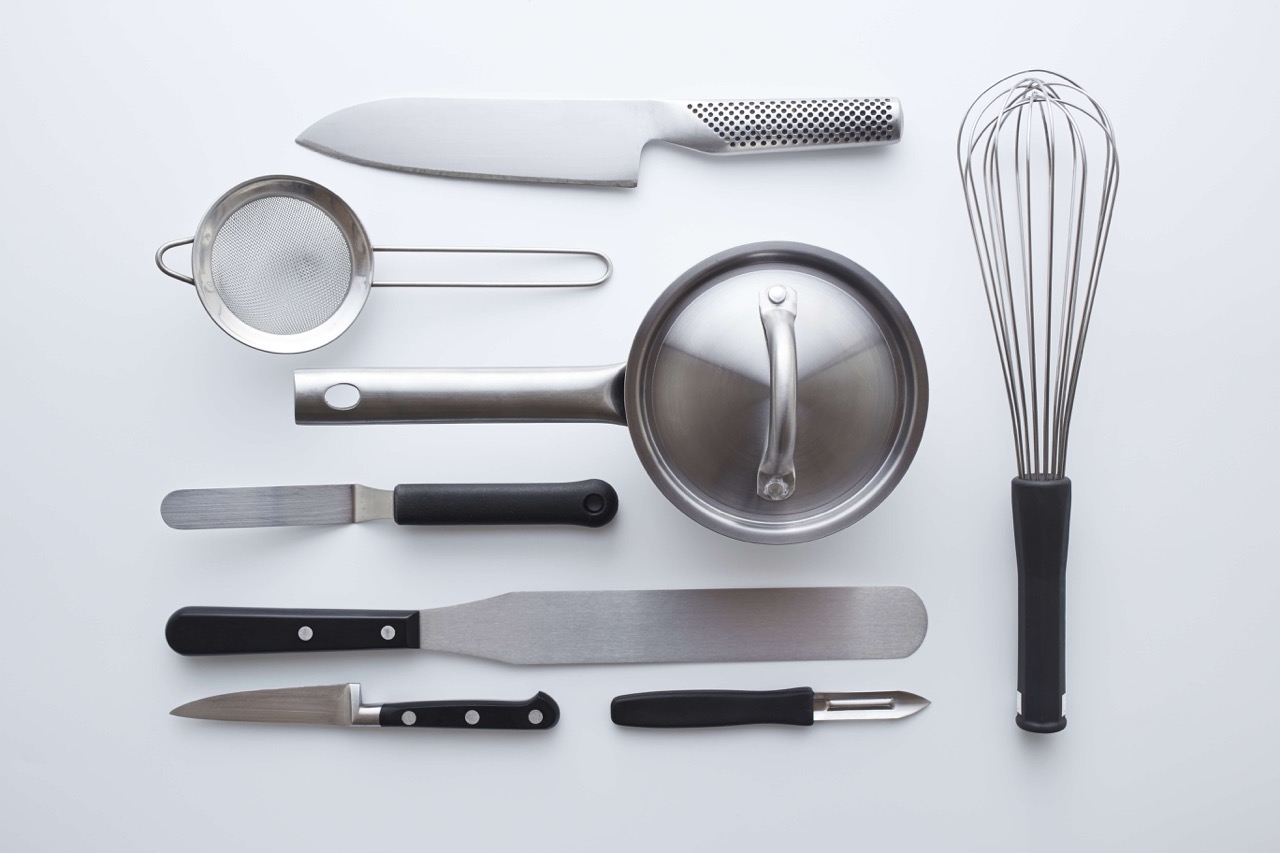
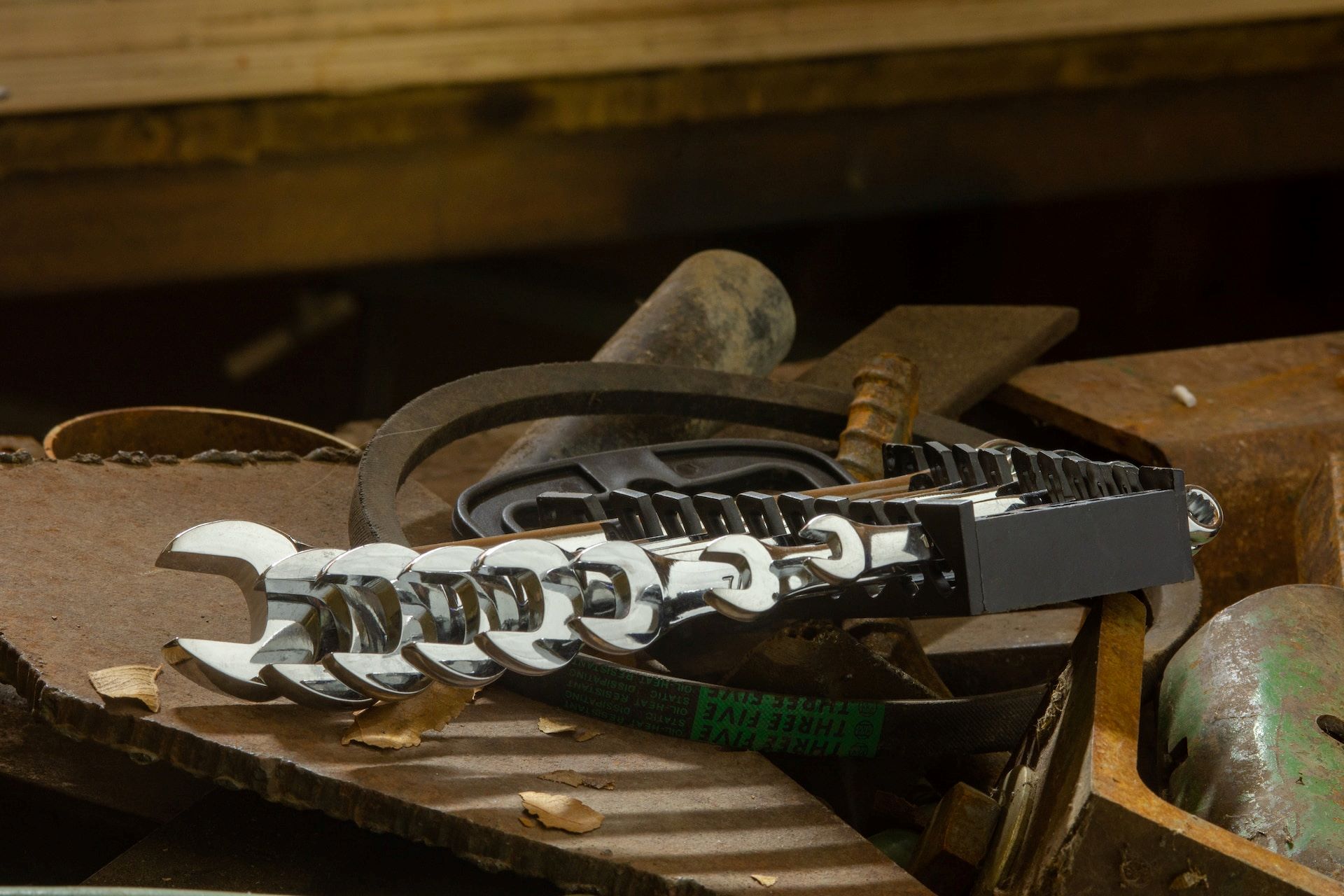
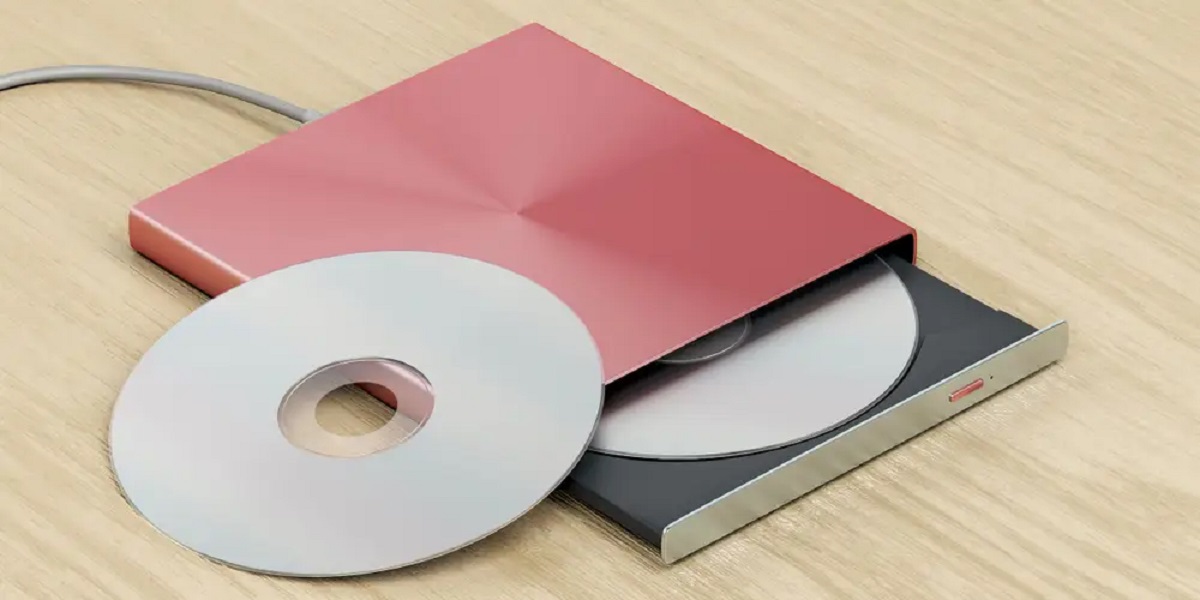
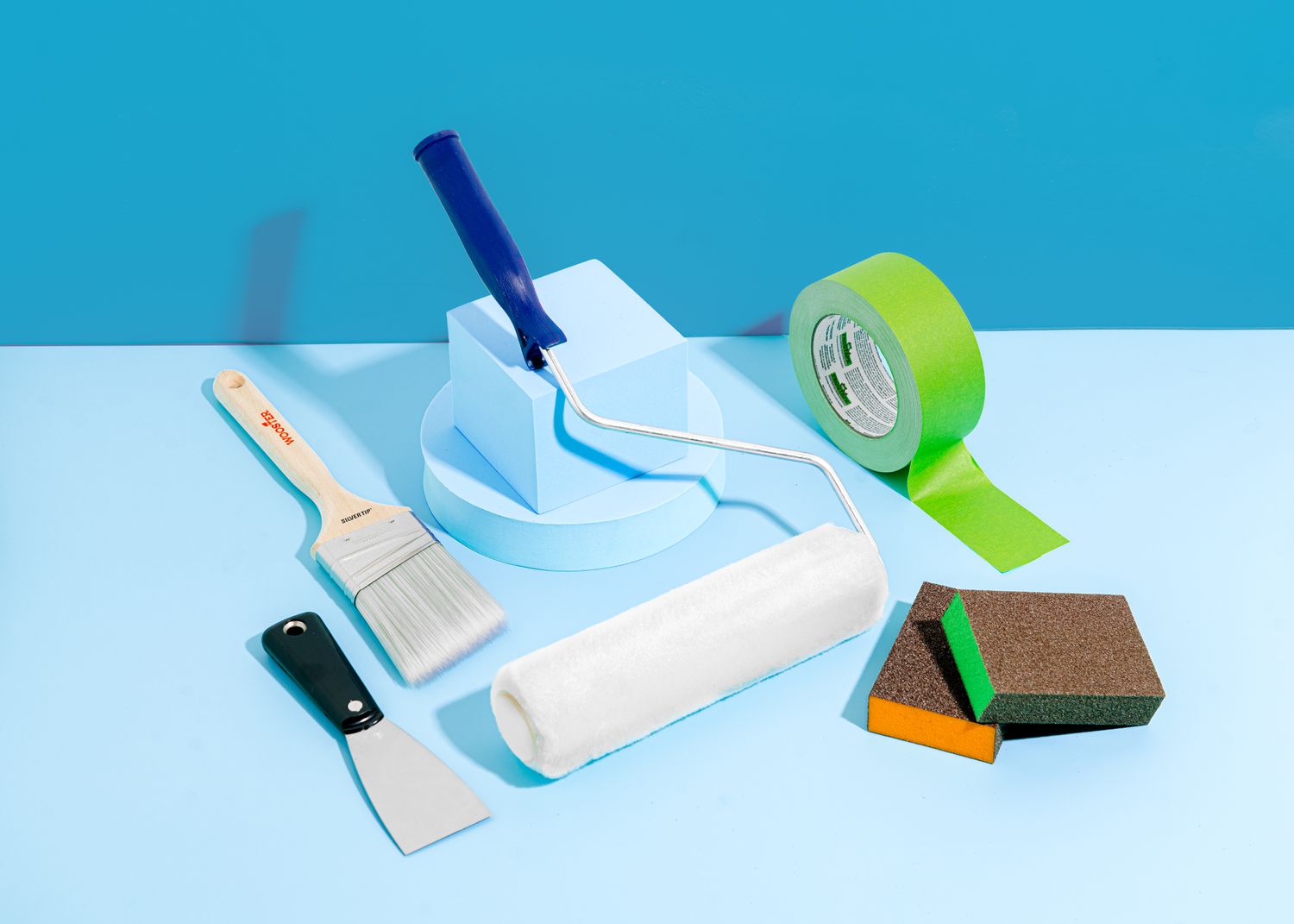
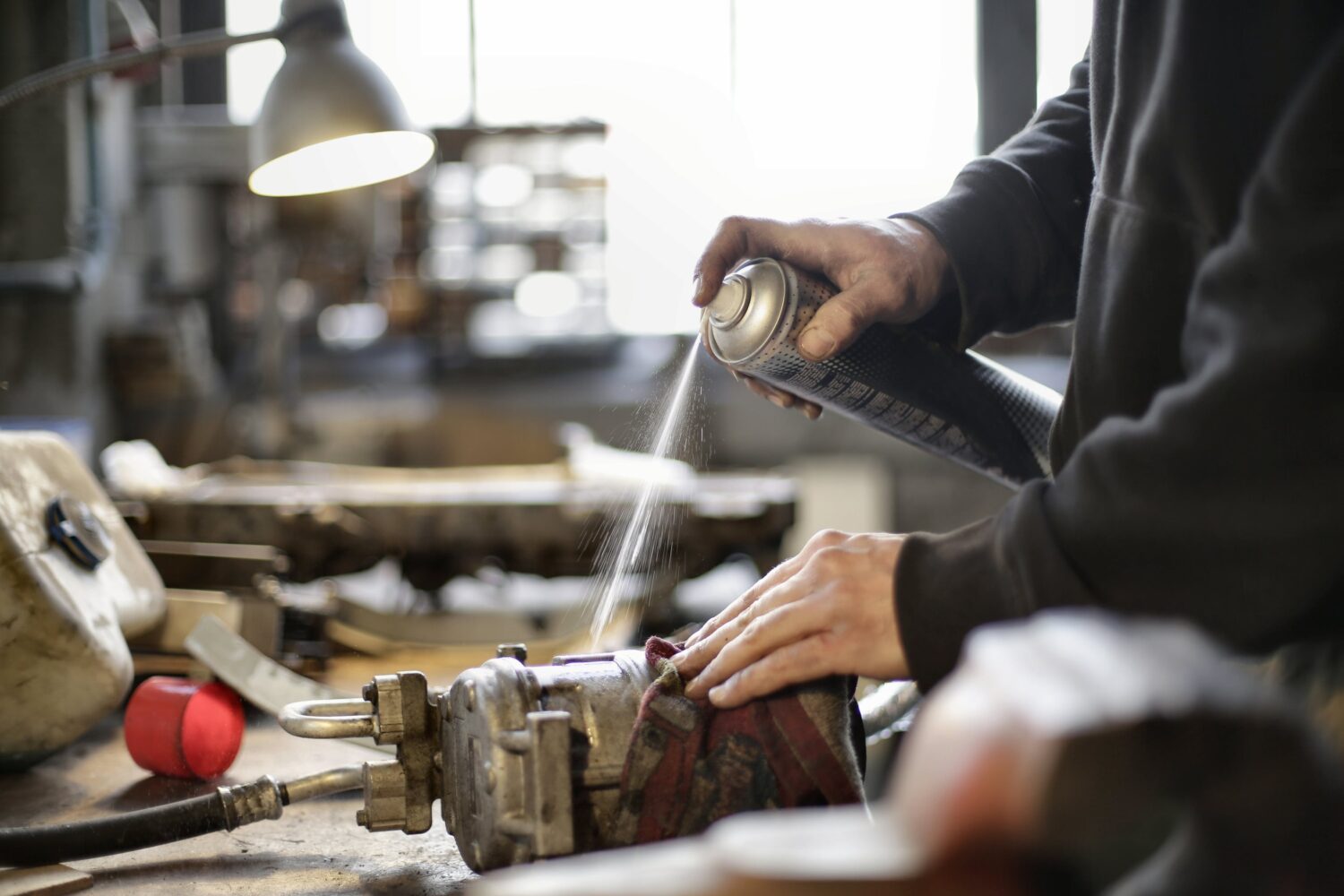
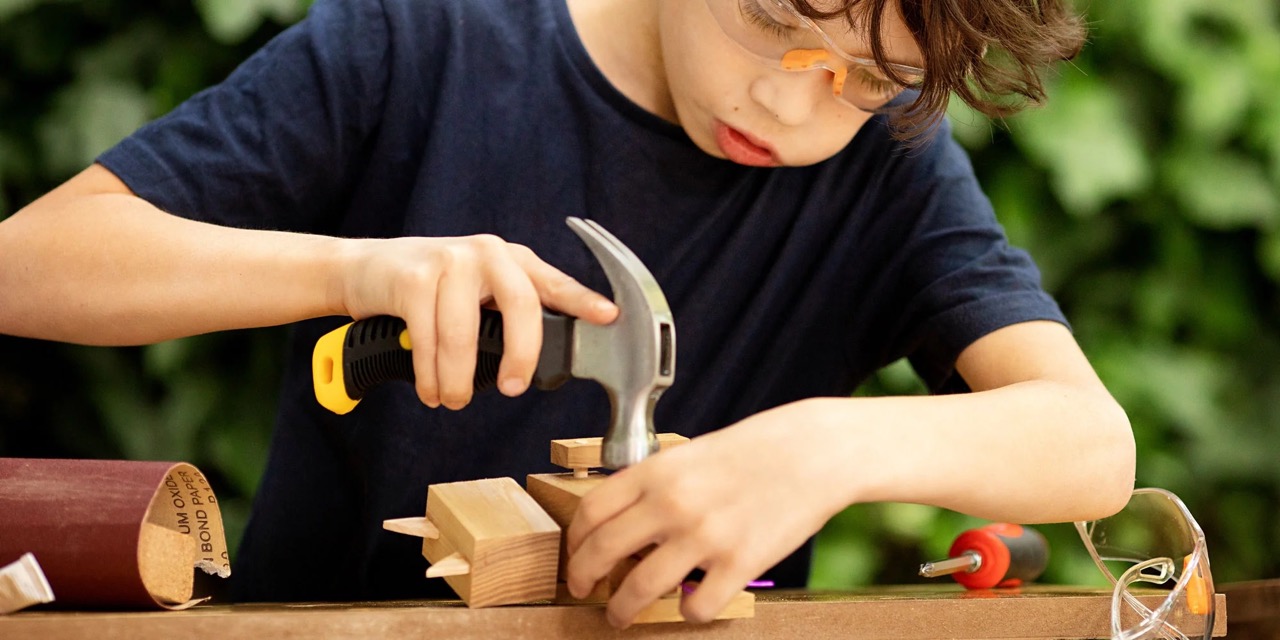
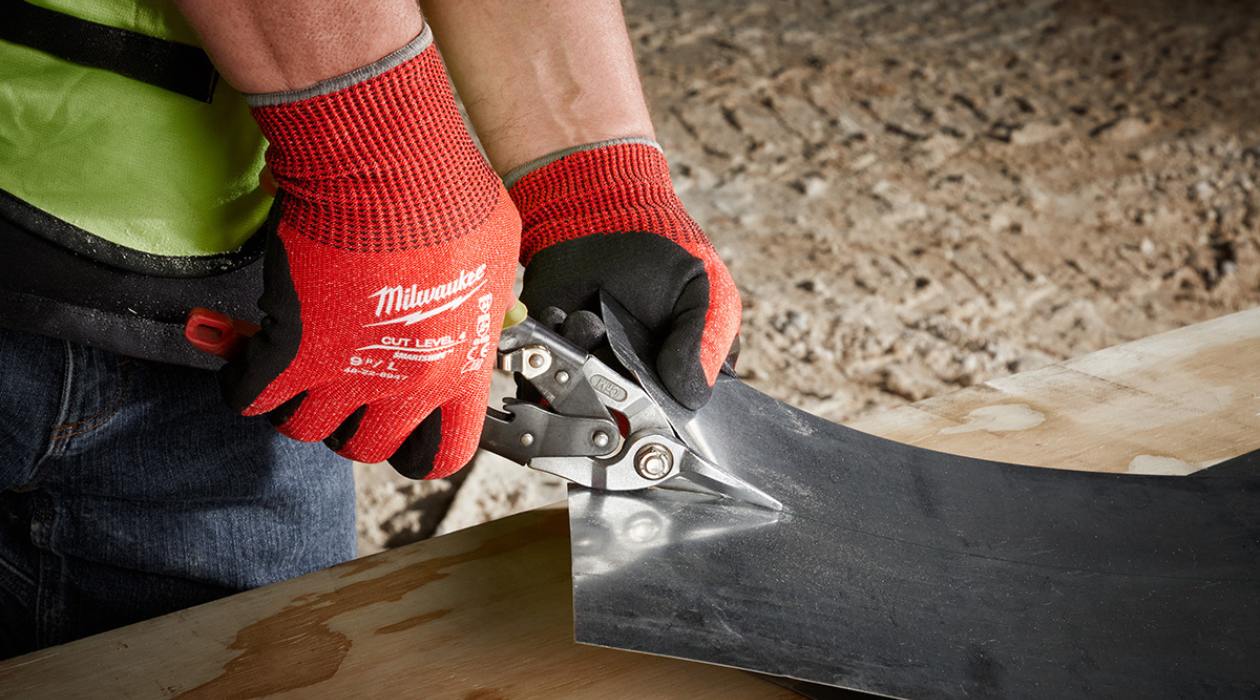
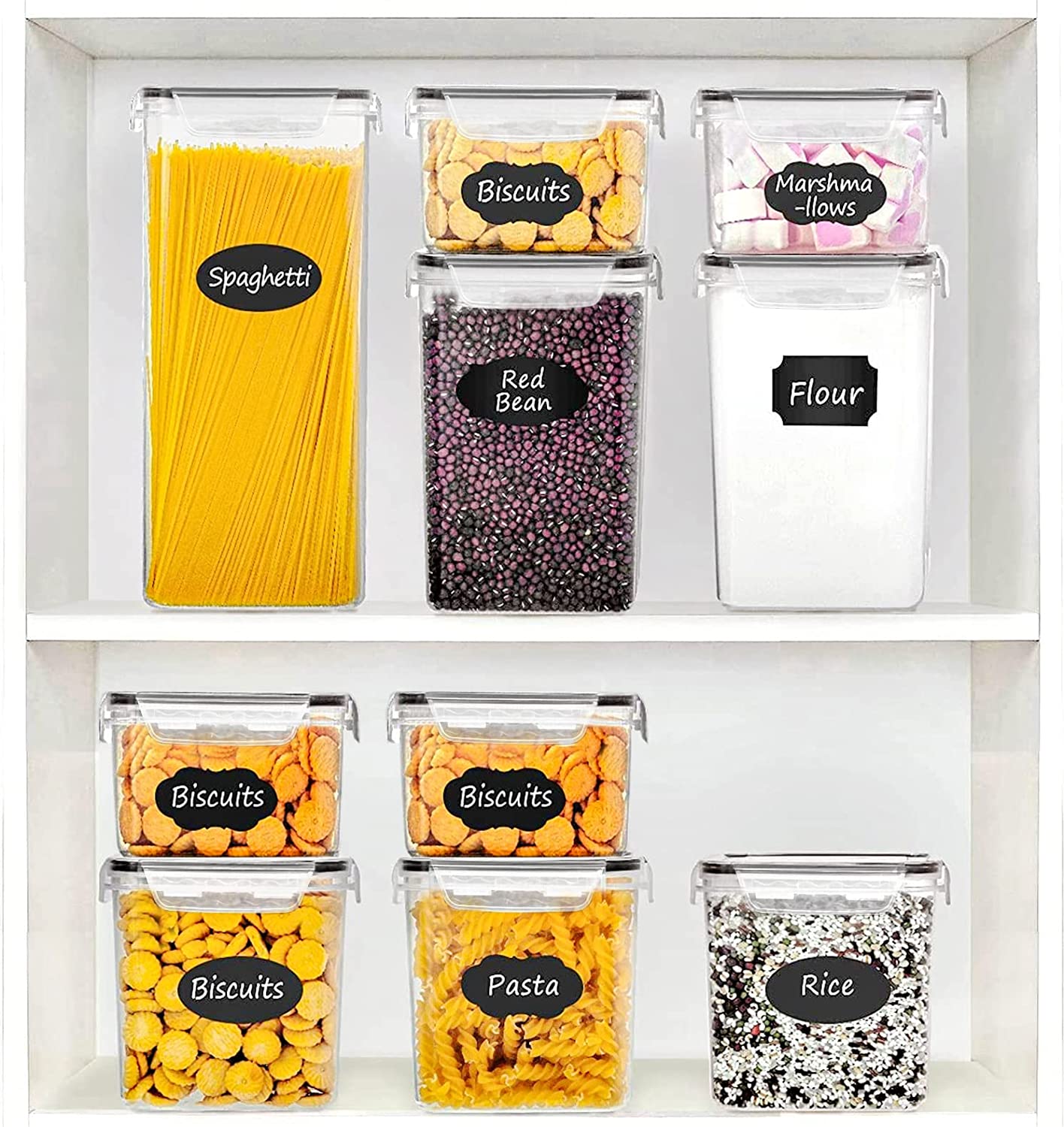

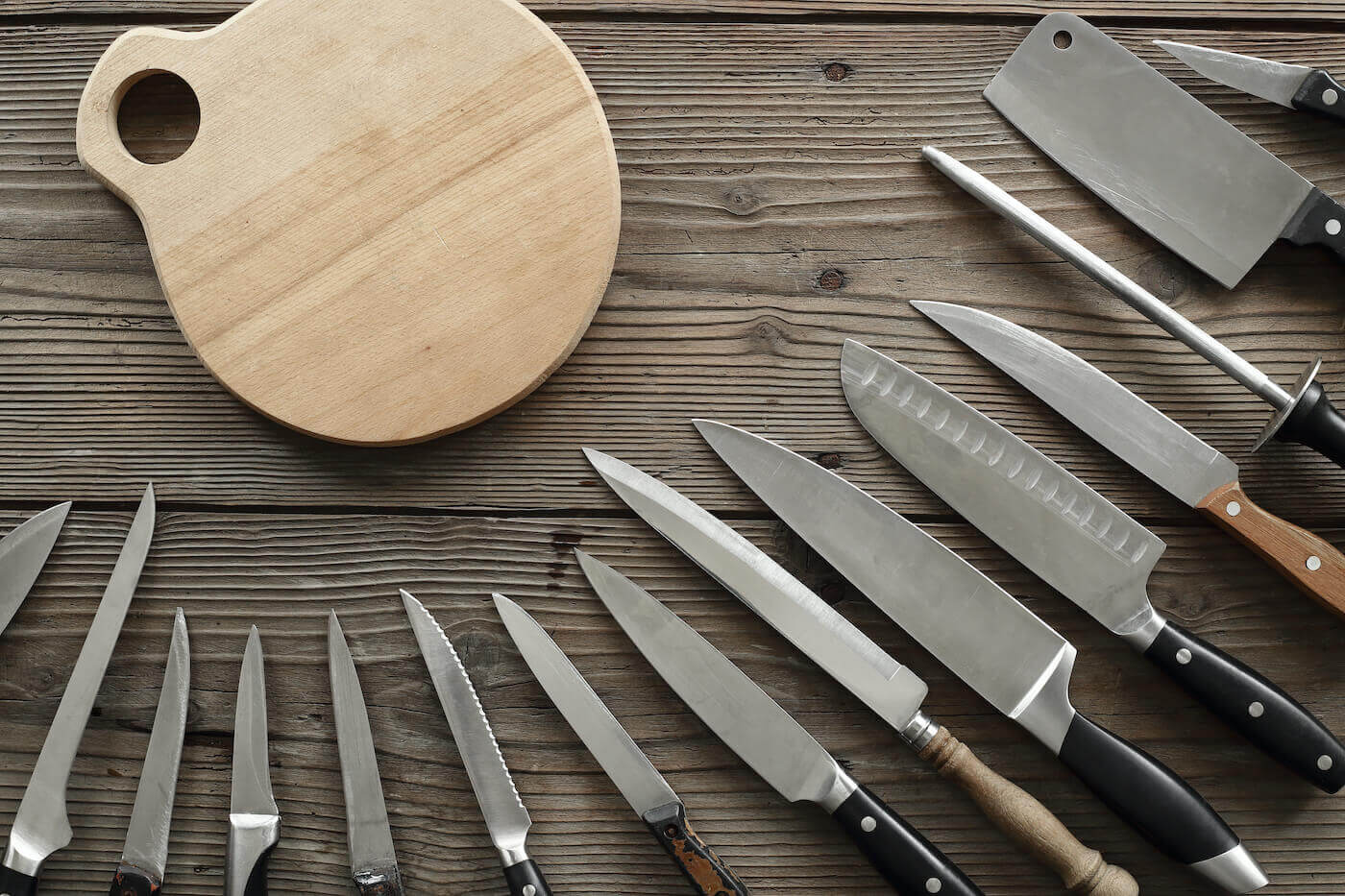


0 thoughts on “Which Of The Following Basic Hand Tools Should Every Technician Posses”